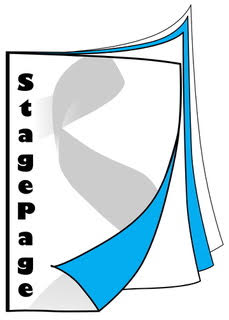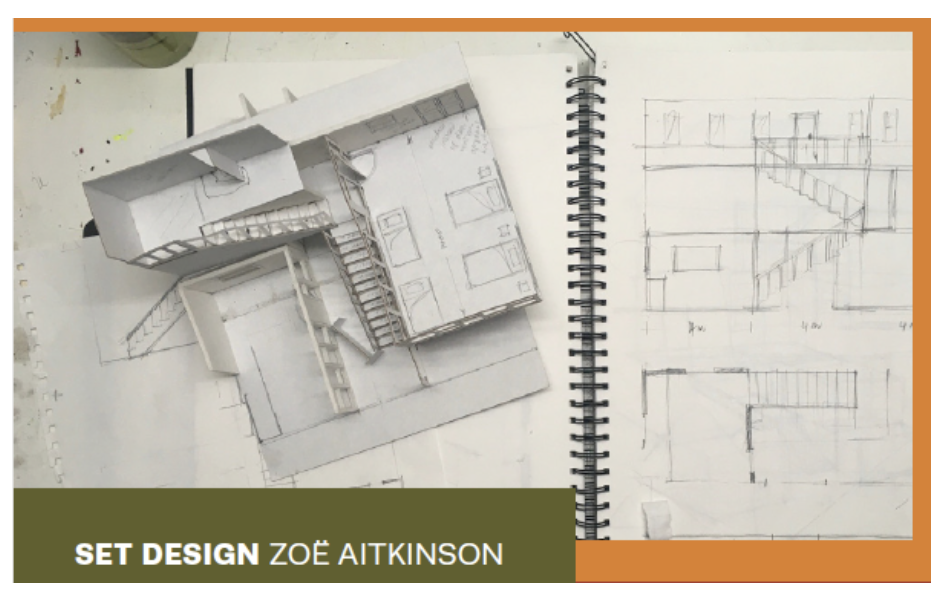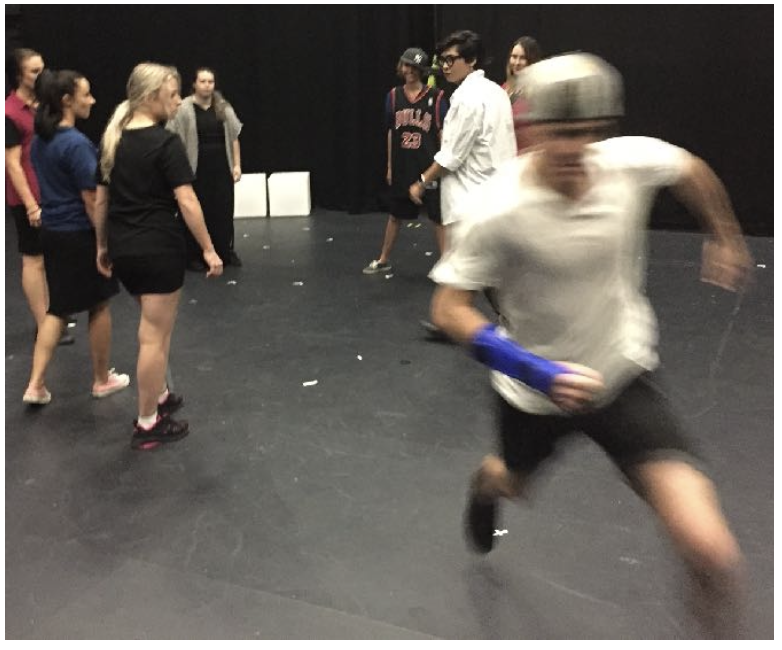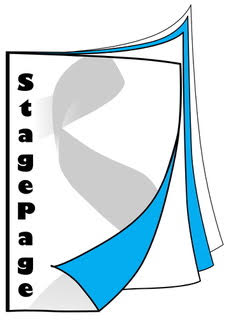Music Monday - Broadway Junior Musicals
/I have just had my first experience with a Broadway Junior musical, in this case, “Matilda”. Everything is provided – scripts, piano / vocal score, backing tracks with and without the vocal lines – and even instructions for bringing it all together. The cynical side of me approached the start of the rehearsal process thinking that it was a ‘paint by numbers’ approach to putting on a show. But I must admit that by the end of the process, I could see benefits, particularly for younger high school students doing their first show.
For starters, as inexperienced performers, there is so much to learn about standard theatre practice, eg signing in backstage, stage directions, the role of the stage manager, sound checks, tech rehearsals, etc. (Things which we take for granted but which 13 year olds take some time to remember!) Taking away the additional layer of the Sitzprobe and a live band / orchestra can be helpful.
In early rehearsals I encouraged the kids to sing along with the voices on the track, mainly to build confidence. Then I worked on the songs from the piano, with the students (who are all music theatre students) looking at the notation on their page. Once we returned to the track – now minus the voices – the songs were musically secure and ready for the next stage of thought changes, choices and so on – all the interpretive textual stuff.
I certainly would not want to see this format replace the more traditional approach we use for the senior school musicals at this school. But I have learned that there is a valuable place for them.
As a footnote, I recall my excitement many years ago, to receive an LP record “Music Minus One Piano” on loan from my piano teacher, Stephen Dornan, to practise Mozart’s C minor concerto K491. The excitement of having an orchestra in the room with me as I played was indescribable. These days, of course, we can all have backings of every shape and size from our phones.
































